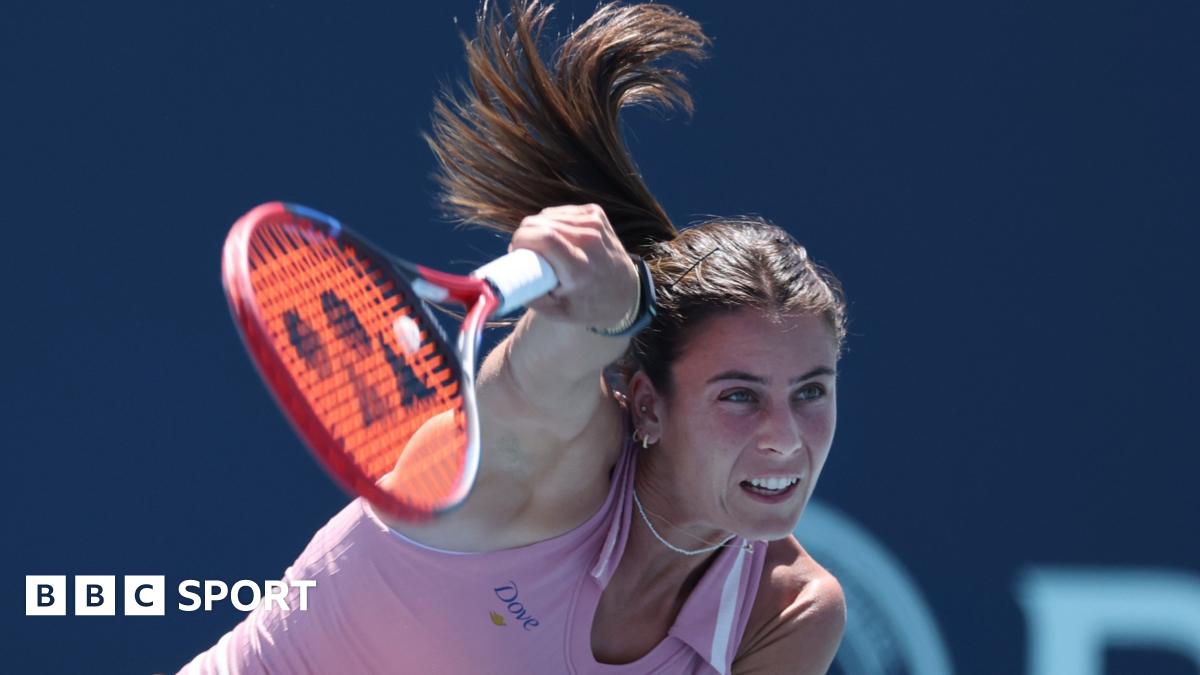Top 20 Players Fight for Increased Grand Slam Pay: A Battle for Fair Compensation
The tennis world is abuzz with a brewing conflict: the top 20 players are demanding a significant increase in prize money at Grand Slam tournaments. This isn't just about a few extra dollars; it's a fight for fair compensation, reflecting the immense contribution these athletes make to the sport's global popularity and financial success. The stakes are high, and the outcome could reshape the landscape of professional tennis.
The Core of the Issue: Disparity in Earnings
The current prize money distribution at Grand Slams, while substantial, is viewed by many top players as disproportionate to the revenue generated. While the overall prize pots are impressive, the lion's share often goes to the later rounds, leaving many talented players who fall short of the final stages struggling financially, despite consistently high-level performance. This disparity is particularly acute for those ranked within the top 20, who regularly demonstrate exceptional skill and dedication but may not always reach the championship rounds.
Key Arguments from the Players:
- Increased Revenue, Stagnant Pay: Grand Slam tournaments have seen astronomical growth in revenue streams, driven by television deals, sponsorship agreements, and ticket sales. However, the players argue that their share of this wealth hasn't grown proportionally.
- Financial Burden: The cost of maintaining peak physical condition, employing coaches, trainers, and physiotherapists, and traveling extensively throughout the year is substantial. Many top players, despite high earnings, face considerable financial pressure.
- Fair Compensation for Global Popularity: The top players argue that their performances drive the popularity of the Grand Slams, attracting millions of viewers worldwide. They believe they should be fairly compensated for their role in this global success.
- Long-Term Sustainability: The demand for increased pay isn't solely about immediate financial gain; it's about ensuring the long-term financial sustainability and viability of the sport for future generations of players.
Potential Outcomes and Impacts:
The ongoing negotiations between the players' representatives and the Grand Slam governing bodies are crucial. Several potential outcomes are being debated:
- Increased Prize Money: The most likely scenario involves a significant increase in the overall prize money, potentially focusing on more equitable distribution across all rounds.
- Revenue Sharing Model: A more radical shift could see the implementation of a new revenue-sharing model, providing players with a larger percentage of the overall Grand Slam revenues.
- Stalemate: A failure to reach an agreement could lead to significant tension and potentially even player boycotts or other forms of protest.
The Road Ahead:
This battle for increased Grand Slam pay is a significant moment for professional tennis. It highlights the complex relationship between athletes, governing bodies, and the commercial interests driving the sport. The outcome will undoubtedly shape the future of player compensation and the overall financial structure of Grand Slam tournaments. Stay tuned for further updates as this story unfolds.
Keywords: Grand Slam, Tennis, Prize Money, Player Compensation, Top 20 Players, Revenue Sharing, Professional Tennis, ATP, WTA, Wimbledon, Roland Garros, US Open, Australian Open
Related Articles: (This section would include links to related articles on your website or other relevant sources, enhancing SEO and user experience. Examples include articles on past player disputes, the financial aspects of professional tennis, or analyses of Grand Slam revenue.)
Call to Action: What are your thoughts on this developing situation? Share your opinions in the comments below!

